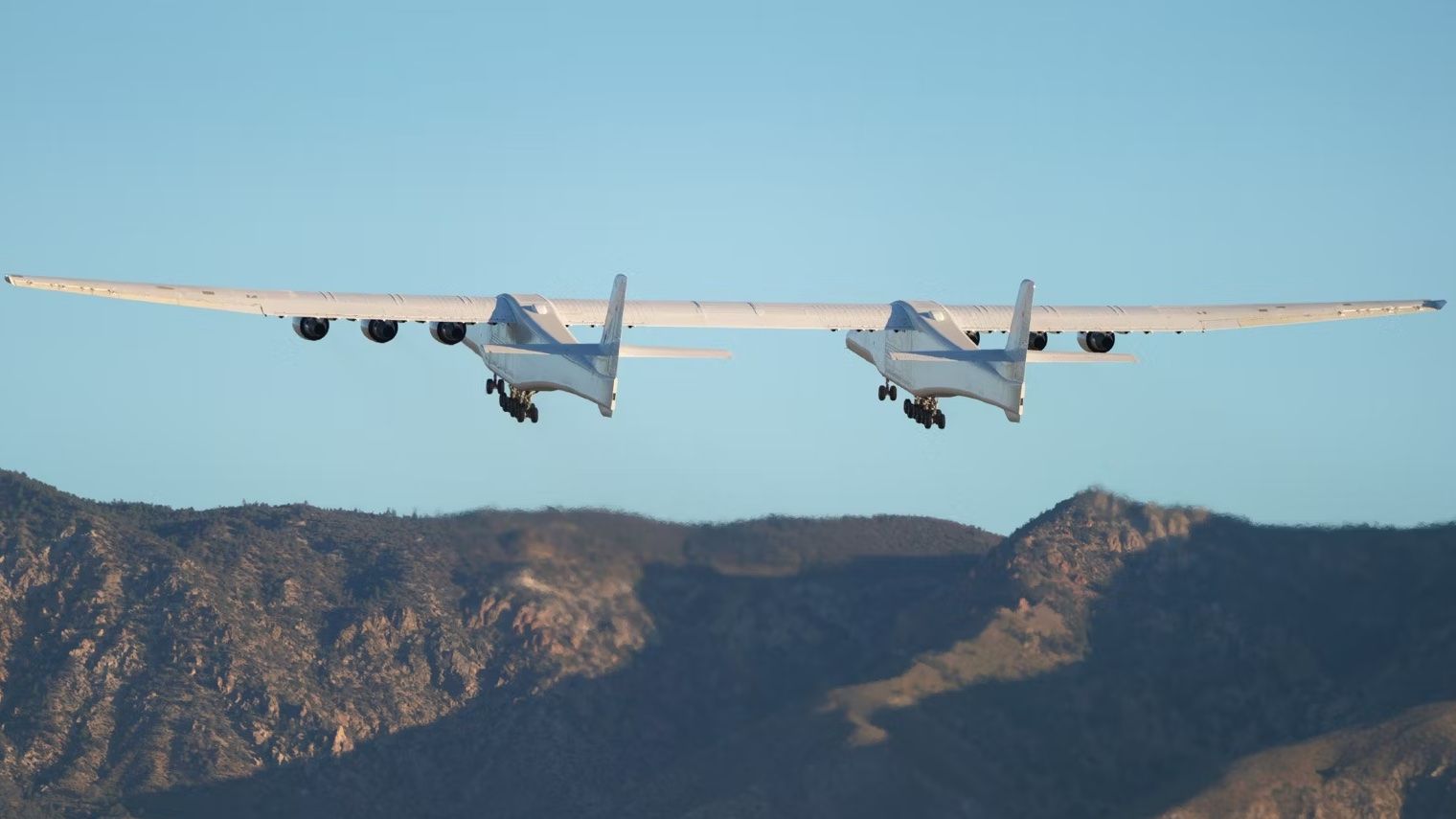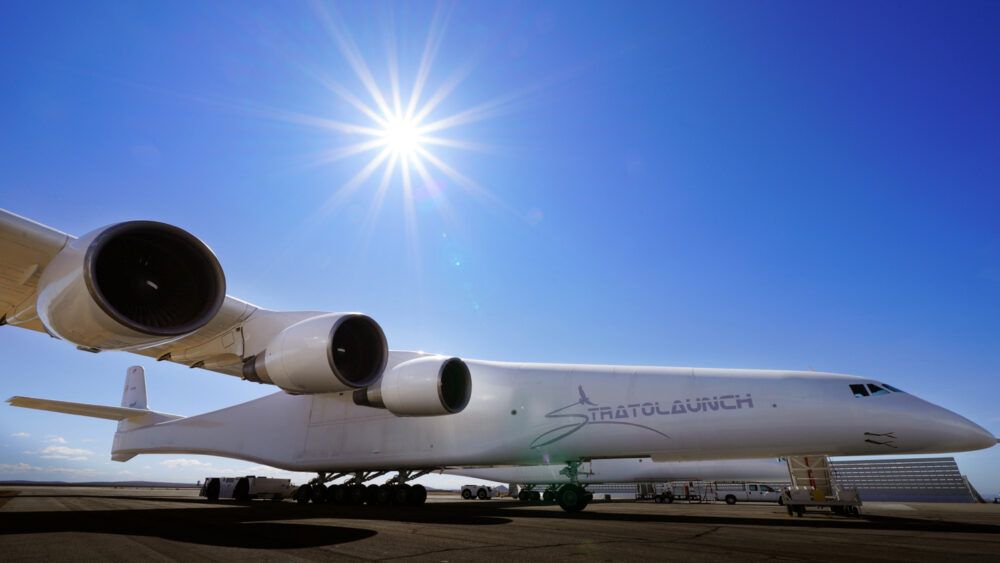Summary
- The Stratolaunch's left fuselage cockpit is a dummy cockpit with no flight control systems, making it a unique feature of this jet.
- The aircraft was originally designed to carry air-launch-to-orbit rockets but faced challenges after the death of its founder. It has since been repurposed for high-speed flight test services.
- Despite its unwieldy design and size, the Stratolaunch successfully completed two flight tests and incorporates design features taken directly from Boeing's 747-400, but its future remains uncertain.
The colossal Stratolaunch captures attention for a variety of reasons. With a wingspan of 385 feet and weighing 590 tonnes, the size of this plane is eye-catching. But it also has other attention-getting design features, including two fuselages and two cockpits. That leads to the question, where do the pilots sit? Do they have cockpit options? Are both cockpits staffed at all times?
The left fuselage Stratolaunch cockpit is a dummy cockpit
In the Stratolaunch, the pilot and co-pilot sit in the cockpit in the right fuselage to fly the aircraft. The left fuselage cockpit is unpressurized, and it contains the flight data systems. As a result, it is fair to refer to the left fuselage cockpit as a dummy cockpit, as it has no flight control systems. When it comes to other gargantuan aircraft, it is common to see an elevated cockpit, such as the Boeing 747's or the Antonov An-225s, however, a fake cockpit is a unique facet attributable solely to this double-fuselaged jet.
Get the latest aviation news straight to your inbox: Sign up for our newsletters today.
Aiming to get on the low earth orbit and the commercialization of space bandwagon, the Stratolaunch was originally conceived to carry air-launch-to-orbit rockets. It's a multi-billion dollar industry successfully controlled by the likes of Space X and Rocket Labs.
But as with most emerging industries, startup players ggu crowd the market, and there is a period of consolidation and shakeouts. The man behind Stratolaunch, Paul Allen, died in 2018, and the momentum behind the business died with him. A private equity firm purchased the business the following year and repurposed the Stratolaunch with a new business model towards high-speed flight test services.
Two Stratolaunch flights under the belt
The Stratolaunch first took to the skies on April 13, 2019. After a mid-morning departure from Mojave Air and Space Port in California, the aircraft flew for 150 minutes, attaining a maximum altitude of over 4,500 meters and a top speed of 278 kilometers per hour. It would be another two years until the Stratolauch took flight again. On April 29, 2021, the aircraft made a successful three-hour-plus flight out of the same California site. The flights got plenty of attention from industry enthusiasts who were awed by the plane's massive size and design quirks, including the seemingly dual cockpits.
Aircraft observers were rather skeptical after the 2021 flight test, with one notable commenter on social media saying that the design would "tear itself apart." Others likened the aircraft to the Hughes H-4 Hercules "Spruce Goose" flying boat.
Can blue chip DNA save the Stratolauch from white elephant status?
Despite the StratoLaunch's unwieldy design and lumbering take-off (the aircraft needs 12,000 feet of runway to reach its take-off speed of 222 kilometers per hour), the Stratolaunch didn't tear itself apart. At the time. Stratolaunch insiders said the two flights went well, and all systems performed to design.
The Stratolaunch's DNA is good. Within the two fuselages are many design features taken directly from Boeing's successful 747-400 aircraft. A variety of different components are taken from retired 747-400s, including the Stratolaunch's six Pratt & Whitney PW4056 engines, hydraulic system and actuators, electrical system, avionics, pilot controls, and flight deck.
The Stratolaunch's cockpit might be familiar to a Boeing 747-400 pilot. But a former 747-400 pilot might find the Stratolaunch an altogether different type of aircraft to fly. The Stratolaunch is significantly bigger and heavier than the world's favorite jumbo jet. A Boeing 747-400 has 16 wheels, whereas the Stratolaunch has 28 wheels. The 747-400 always climbed rather than soared into the air, but the 747-400 is a nimble beast compared to the Stratolaunch.
The dummy left fuselage cockpit is one of the eccentricities of the Stratolaunch, but one cannot be surprised that such a gargantuan plane has some unexpected features. Despite its uniqueness, the jet's designers were able to get the aircraft from a design concept to in the air in roughly the same amount of time Boeing took to get the first 777X in the skies. However, the Stratolaunch's future is far from assured, but considering the jet has managed to make it this far, who truly knows what the future holds for this lumbering aircraft.


